Sativex – a unique drug of its kind
Manufactured by GW Pharmaceuticals, a British company, it was the first cannabinoid-based medicine that has been made from the actual cannabis plant. Whilst there are medicines comparable to Sativex that have been around for much longer than this one, what's particularly interesting about Sativex is that it was made entirely without lab-synthesized cannabinoids.
So how is it different from cannabis buds, tinctures, and other oils? Is it the same as
medical cannabis, both equally and medically? Could and should a patient who uses medical cannabis use Sativex? Prior to its creation, the idea that cannabis could be part of 'big pharma' seemed singularly unimaginable. However, Sativex has become something of a bridge linking the world of medical cannabis and big pharma. This is what makes it a particularly interesting drug and an important step on the road to medical cannabis in Europe.
Sativex – what is it...?
It was created by GW Pharmaceuticals in 1998 and trademarked as Sativex®; otherwise known as nabiximols, it is now available in 30 countries. It is a cannabis concentrate which is consumed using a mouth spray and made from the entire cannabis plant, with GW Pharmaceuticals being licensed to produce large quantities of cannabis for medical purposes. The production of a pharmaceutical and industrial drug from cannabis involves several things.
First of all, Sativex contains a 1:1 ratio of CBD and THC. Such a balance is usually difficult to achieve with cannabis products made by smaller non-pharmaceutical companies. It is the fact that Sativex has both CBD and THC that sets it apart from other medical/pharmaceutical “cannabinoids”.
There is another cannabinoid drug, Marinol, which is comparable to Sativex; however, Marinol contains only synthetic cannabinoids that mimic the mechanism of CBD and CBD. In reality, Sativex probably has more in common with such products as cannabis tinctures, sublingual sprays, and oils found in dispensaries. That it is manufactured by a pharmaceutical company sets it apart from both flower cannabis and the growing medical cannabis industry.
How best to use Sativex
Sativex comes in an oral spray-format that is peppermint in flavour. Each spray delivers 100 microlitres of fluid, of which 2.5mg is CBD, and 2.7mg is THC. It’s oromucosal – meaning it is absorbed under the tongue, as well as through the cheeks and gums – this is by far the most effective and fast acting delivery method, as it avoids the digestion process. Sativex users report largely the same side effects as any regular cannabis user.
They are, after all, cannabinoids, one of which is psychoactive in nature, so the effects are comparable to the cannabis itself. Some users report feelings of symptoms of paranoia, anxiety, mood swings etc.
Who is Sativex marketed for?
Interestingly, Sativex is available by prescription in many countries where it is otherwise illegal to use cannabis.
Australia and France are prime examples: the irony is that Sativex can be prescribed by a doctor, but the use of actual cannabis for medical purposes remains illegal. It can therefore be said that, in most cases, Sativex is a cannabinoid medicine for people who cannot grow their own cannabis for legal reasons. However, in some countries it is still not easy to get a prescription for Sativex, despite it being legal for prescription, as there are often only a tiny handful of conditions that are considered medically treatable with it. Additionally, there are still a not insignificant number of doctors who do not approve of any kind of treatment with cannabinoids.
Sativex is most often prescribed to people with multiple sclerosis, a treatment for which was the primary reason Sativex was designed. It is given most often as a treatment for muscle spasms associated with MS. Although it is not a complete therapy, as such, it is an excellent tool for managing symptoms. In some countries, Sativex is also prescribed as an analgesic for pain relief and sleep disorders. The cannabinoid content is what makes it so effective for treating pain, which remains one of the most common reasons for non-recreational cannabis use.
Since Sativex is manufactured by a pharmaceutical company, it is increasingly recognised as a viable drug. This is why both GW Pharmaceuticals and Sativex are so important to the cannabis industry. It constitutes a link between two worlds which were hitherto thought to be irreconcilable.
Sativex and other cannabis-based medicines
The aforementioned Marinol, another cannabinoid-based form of pharmaceutical, contains the active ingredient dronabinol, which is a synthetic version of THC. Note that while Sativex is quite popular in Europe, it is banned in the USA, whilst Marinol is approved by the FDA.
Although the immediate effects of Marinol can be very similar to those of Sativex, it is important to make note of their differences. Medicine derived entirely from plant-based sources is significantly different to those, which are chemically synthesised. One of the key and most significant mechanisms of cannabis is the so-called entourage effect, namely the synergy of the plant’s terpenes, flavonoids, cannabinoids etc..
Clearly, a synthetic drug such as Marinol does not benefit from this entourage effect because it has only the most distant of relationships to the original plant. Marinol was first made to treat the nausea and vomiting experienced by many cancer patients undergoing chemotherapy. It is also approved by the FDA as a treatment for people suffering with HIV/AIDS, as it can help to stimulate appetite in those who have experienced extreme weight loss.
Another drug that is similar to Sativex is Epidiolex, as it, too, is made from real cannabinoids (unlike Marinol). However, unlike Sativex it does not contain THC, and was formulated with the aim of treating the two most severe forms of epilepsy in children: Dravet syndrome and Lennox-Gastaut syndrome, which is treatment resistant to normal drug therapies for other forms of epilepsy. The active ingredient in Epidiolex is cannabidiol (CBD) which is not psychoactive, and is well known for its ability to treat the symptoms of epilepsy.
In the absence of THC, thus no psychotropic effect, it is safe for use in children. A clinical trial conducted with Epidiolex showed that children taking the drug experienced a significant drop in epileptic seizures, which decreased by around 40% per month.
Ultimately, one of the main things that can really set Sativex apart from other concentrate products such as non-pharmaceutical oils, tinctures, edibles etc., is that the drug’s ratio of THC to CDC can be calculated and formulated perfectly, and therefore exact dosages can be more easily measured with each use.
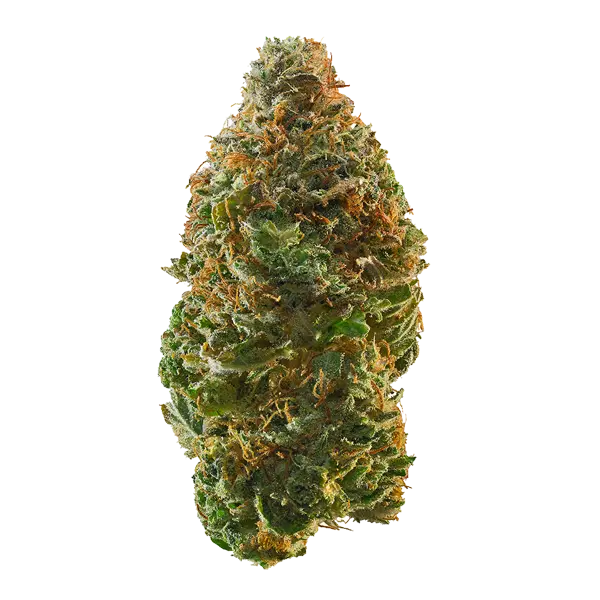
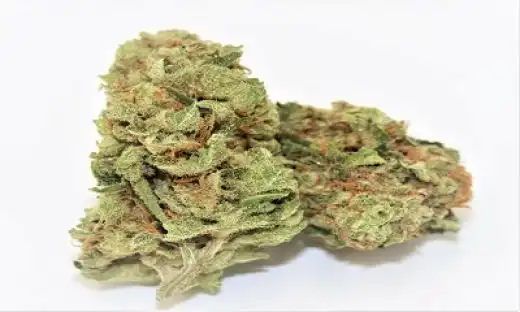

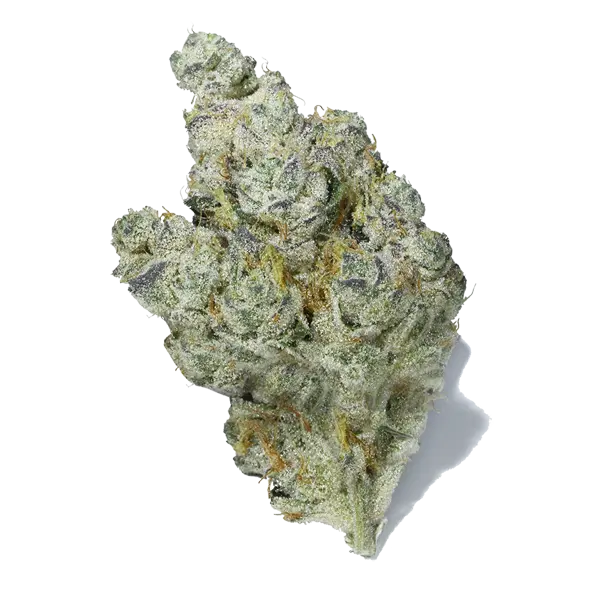
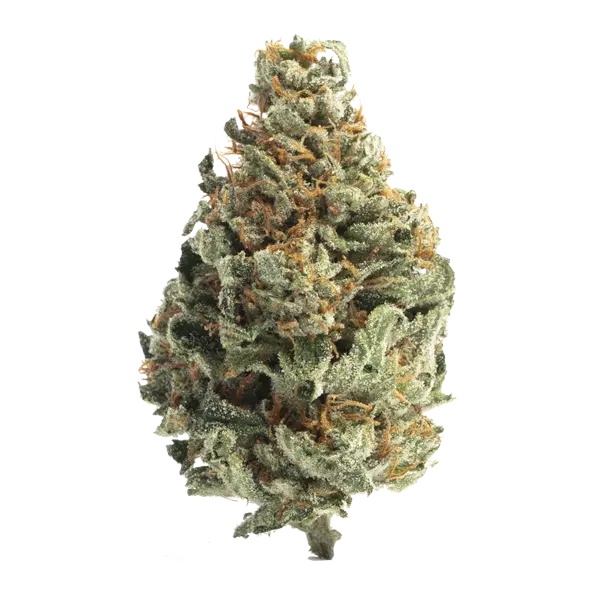
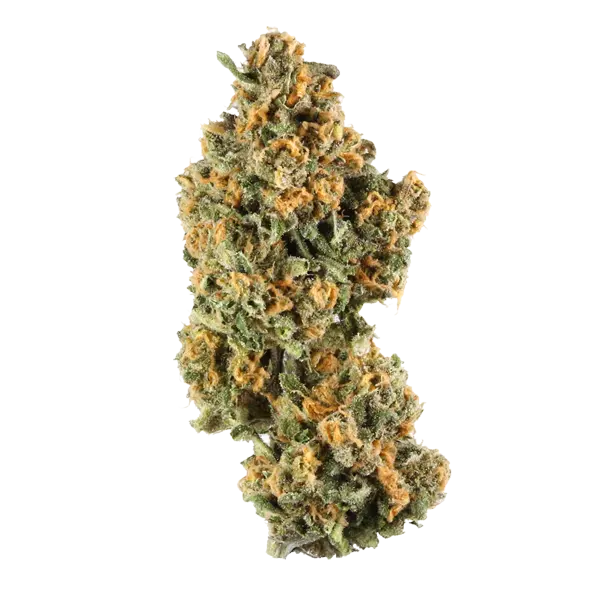
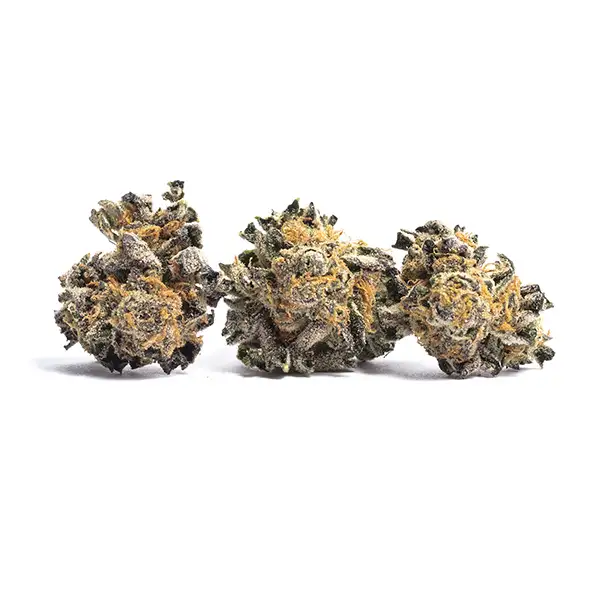
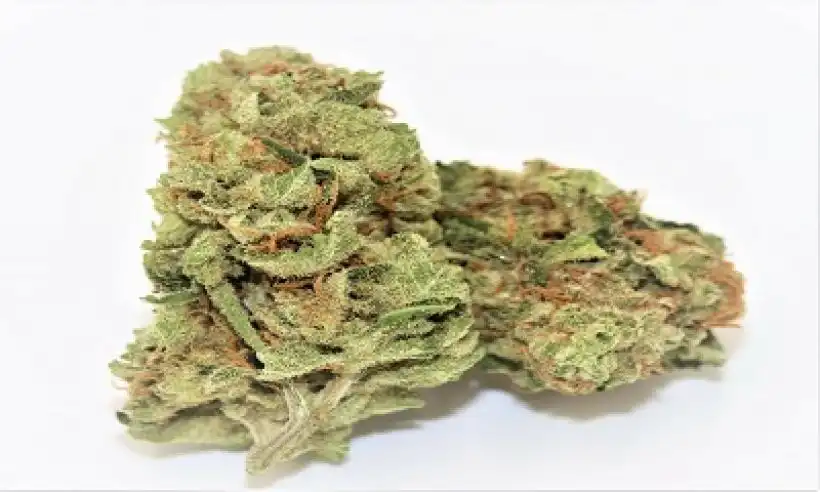
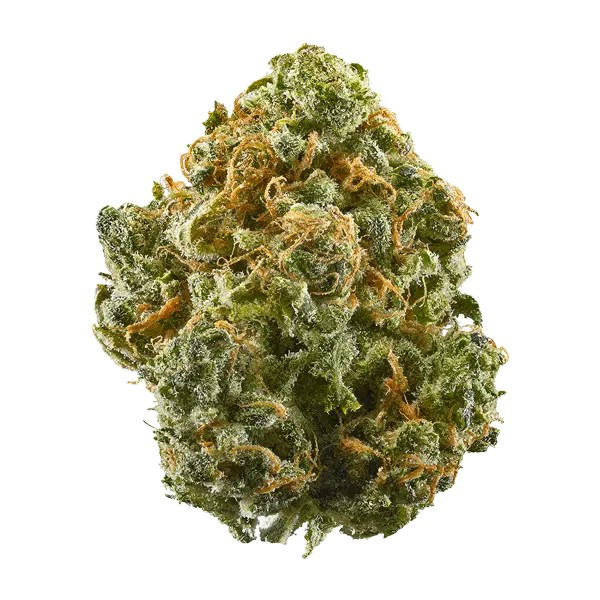
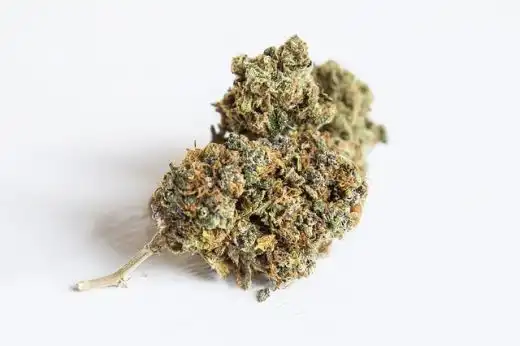
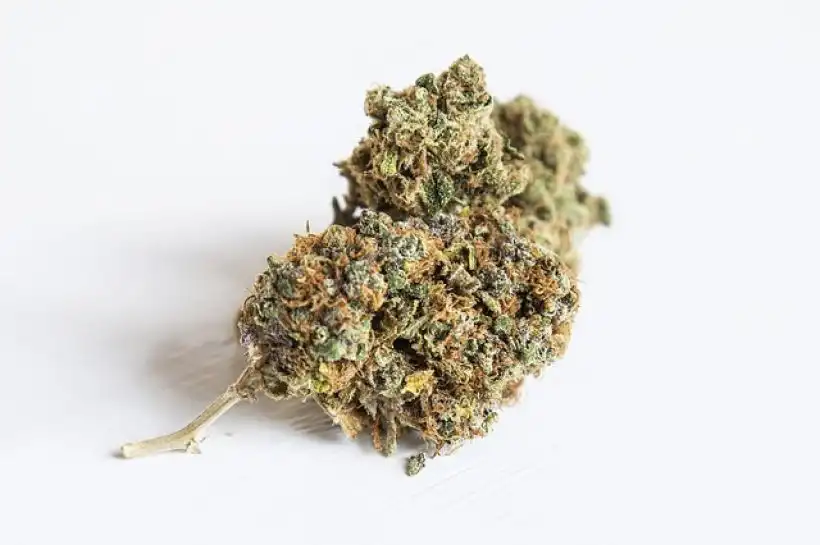
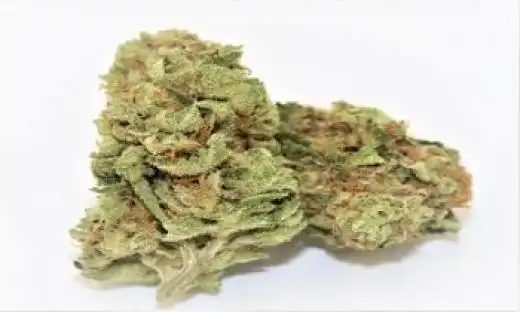
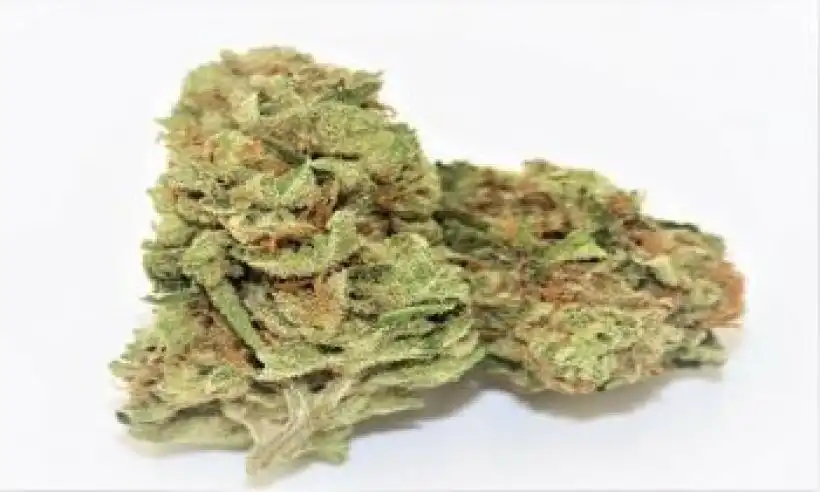
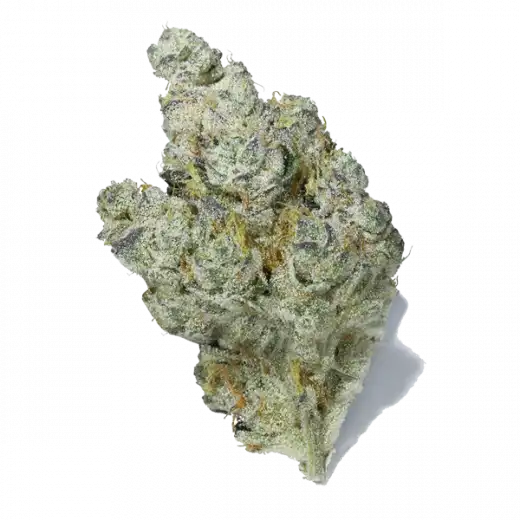

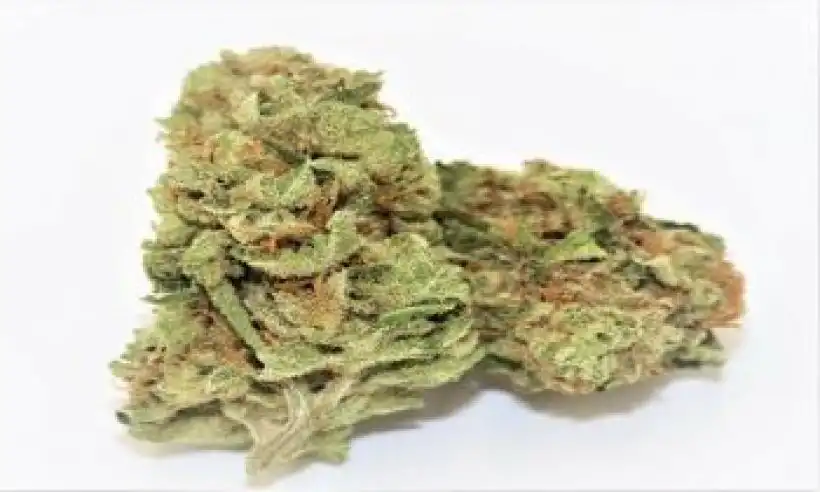
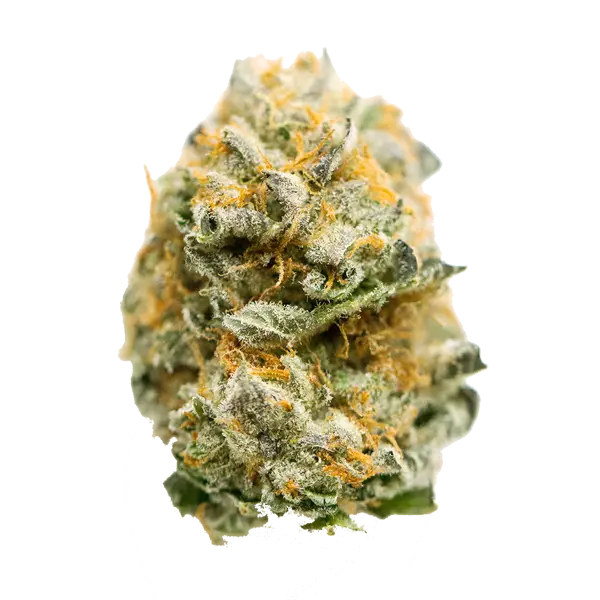
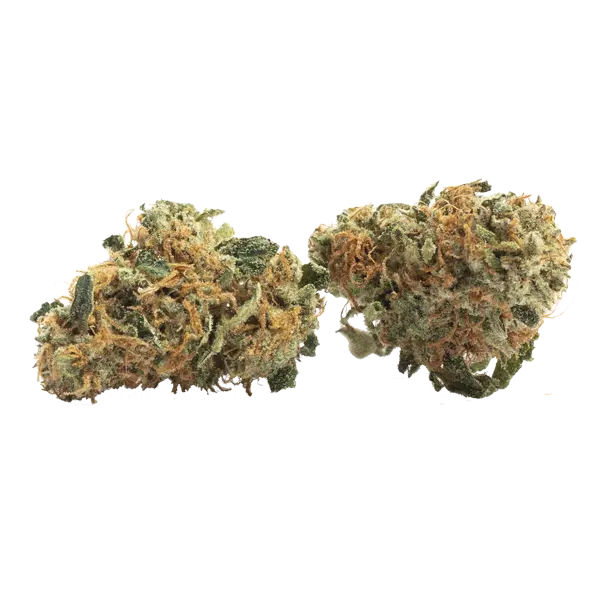
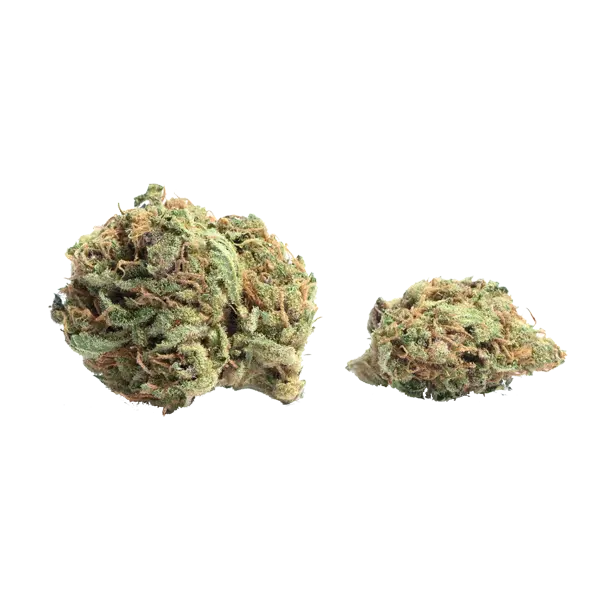

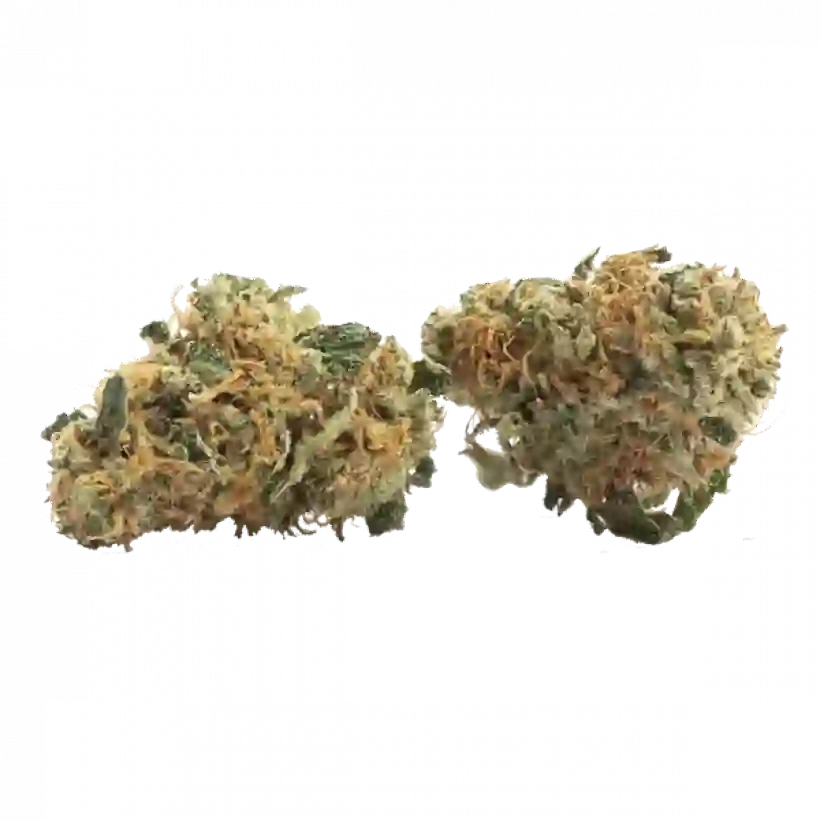
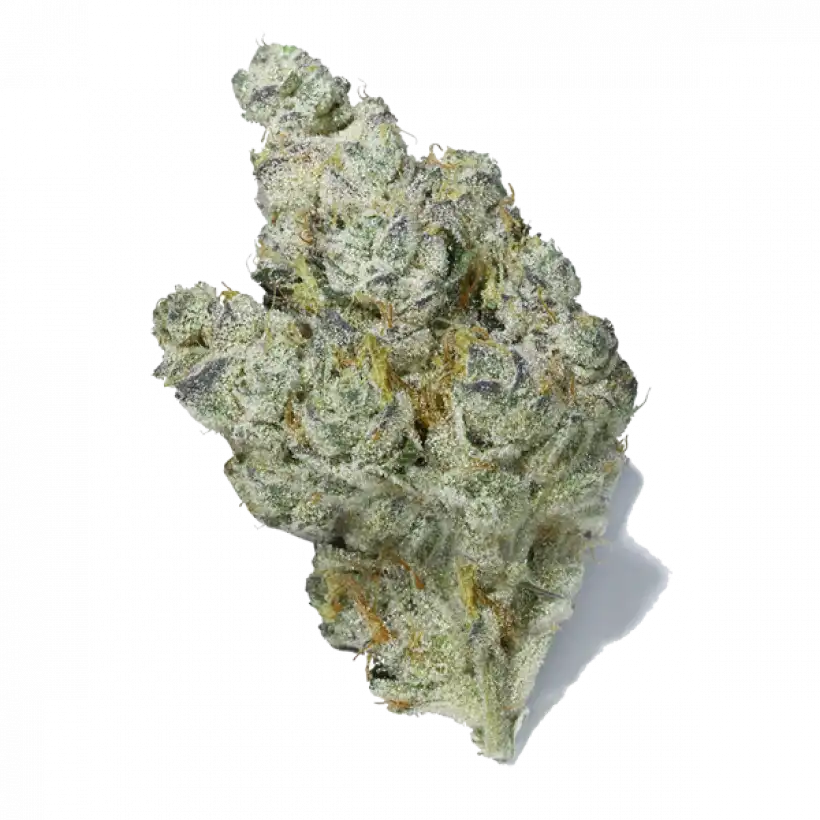
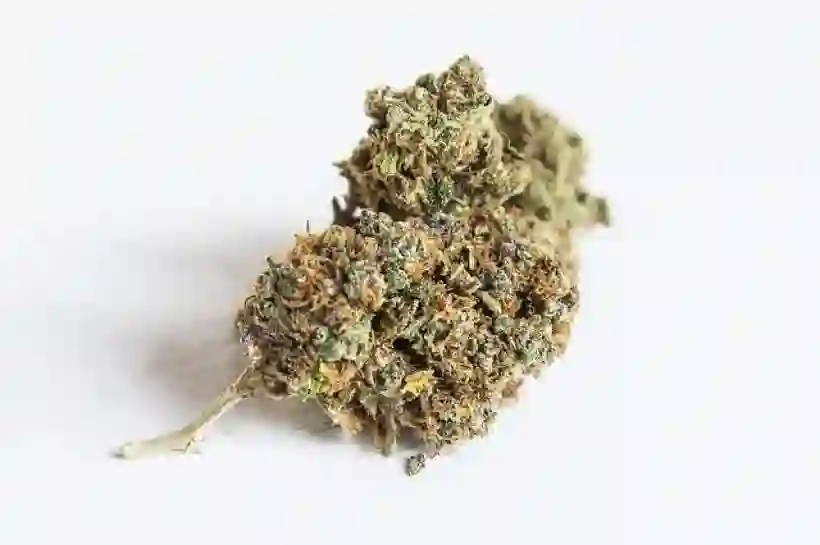
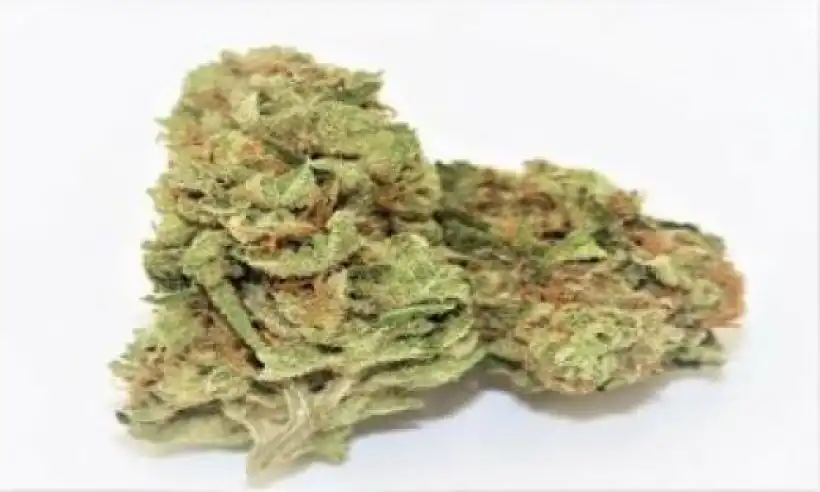
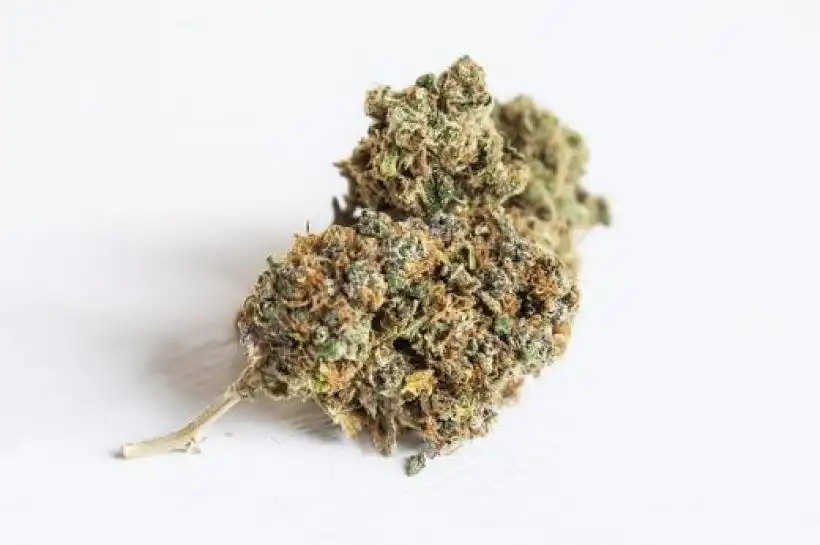

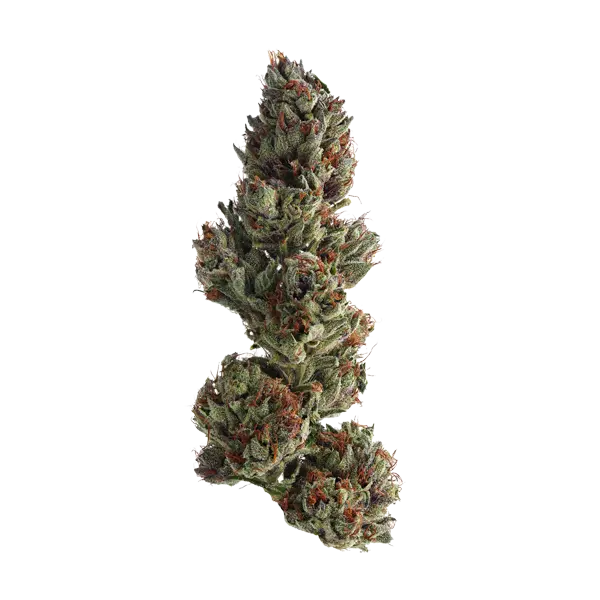
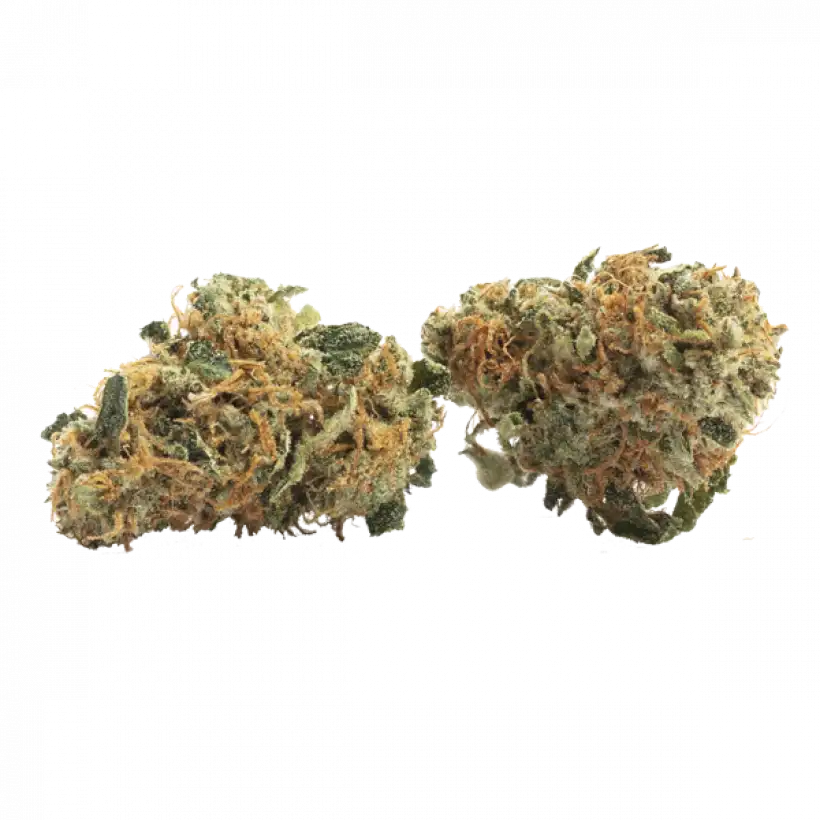
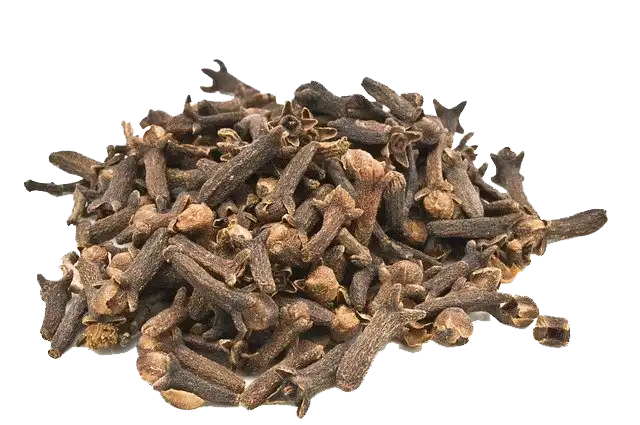
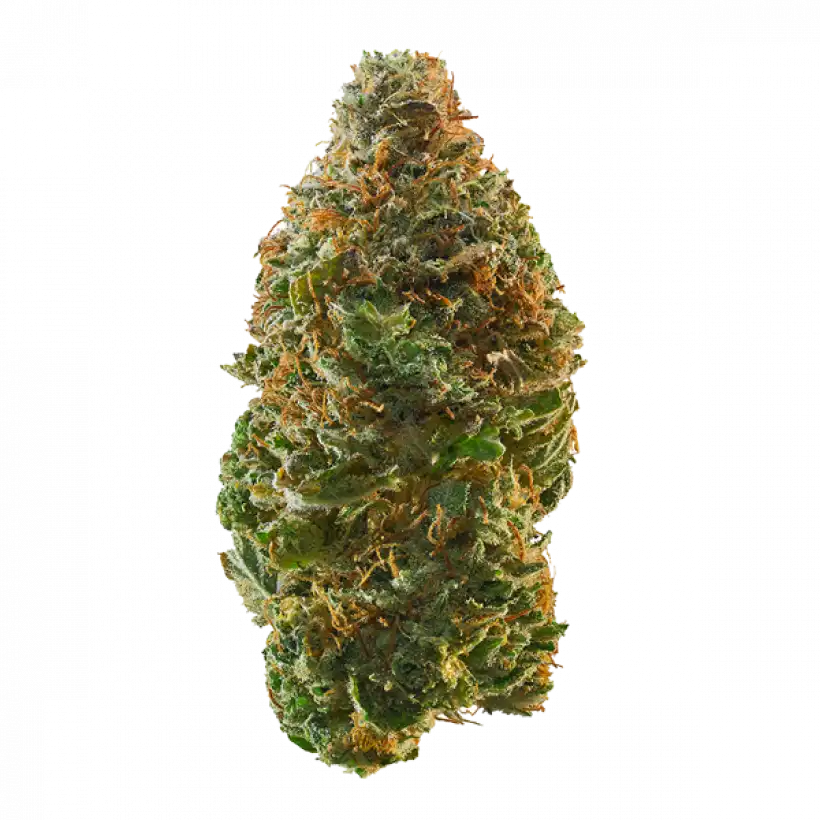
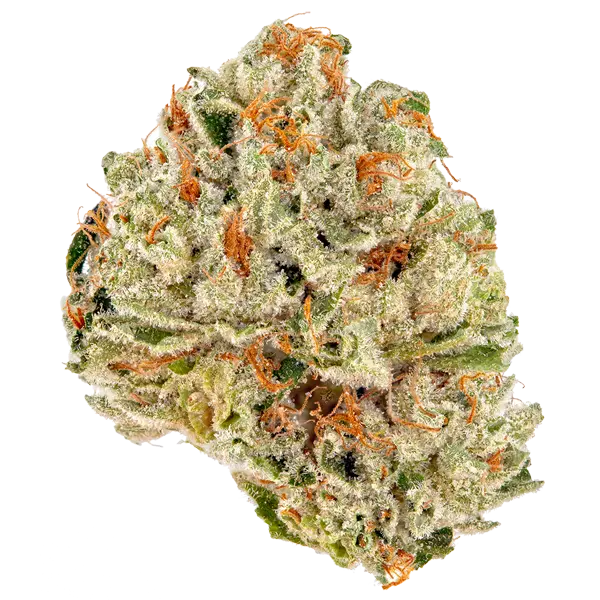
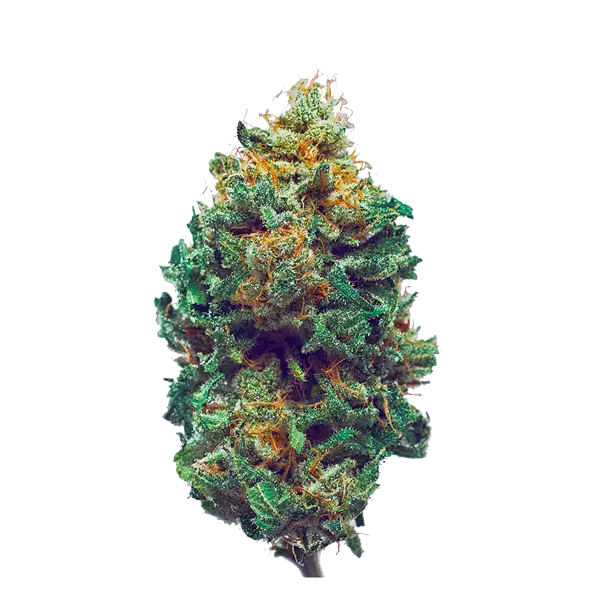
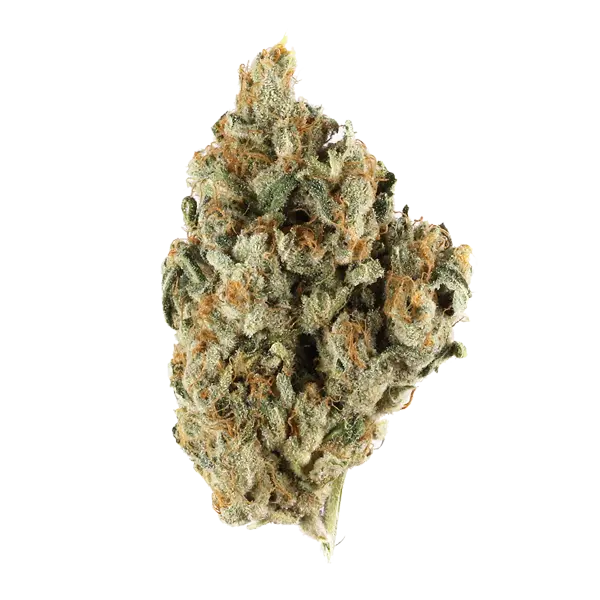
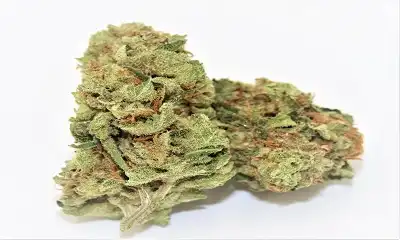
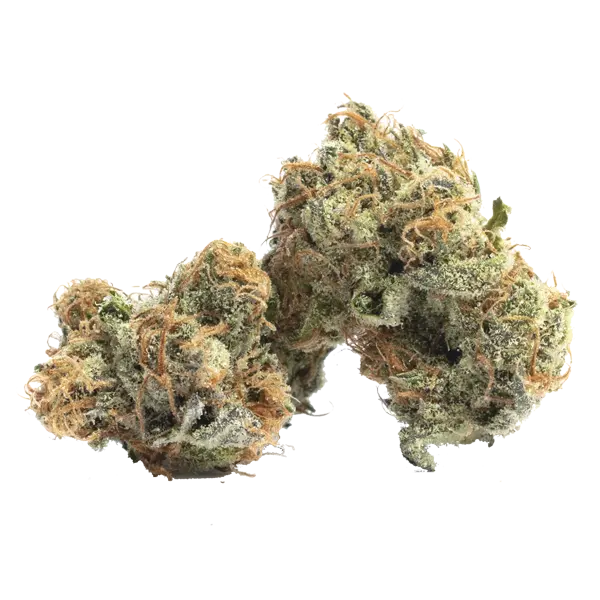
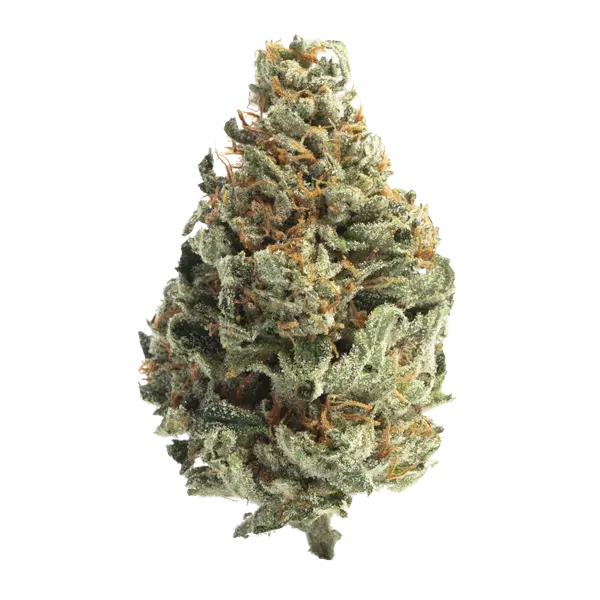
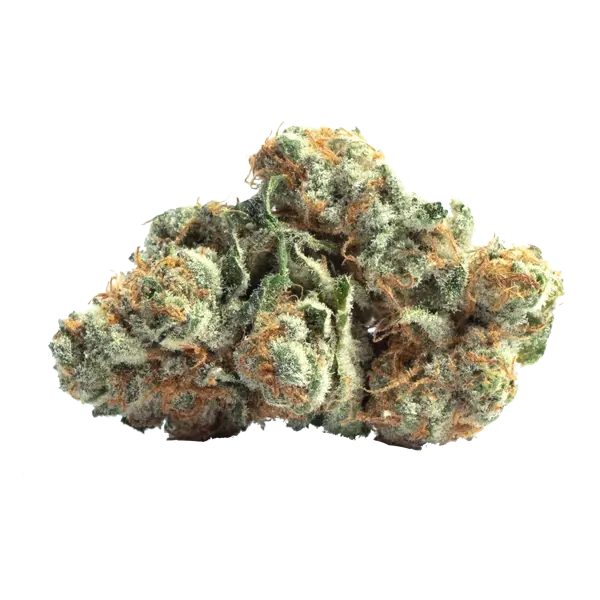
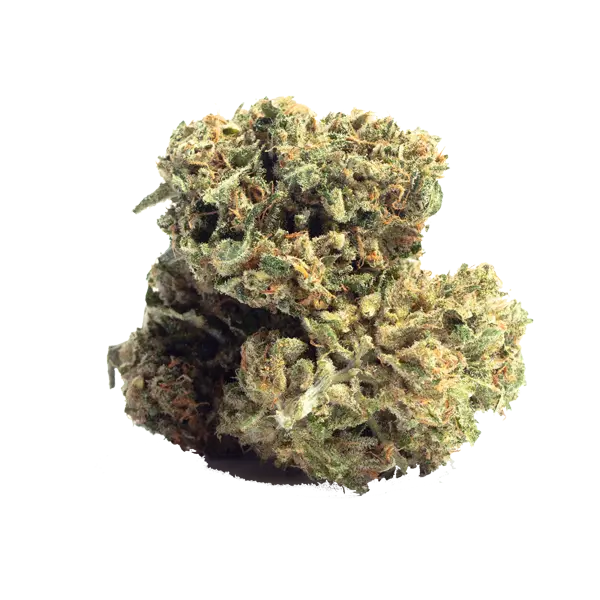
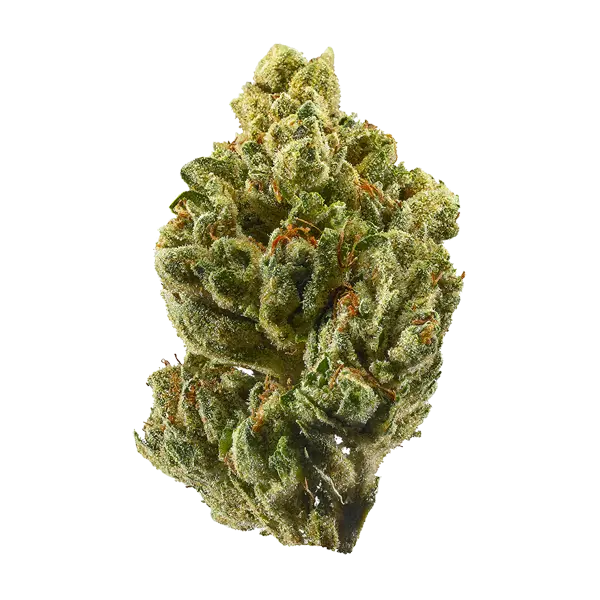
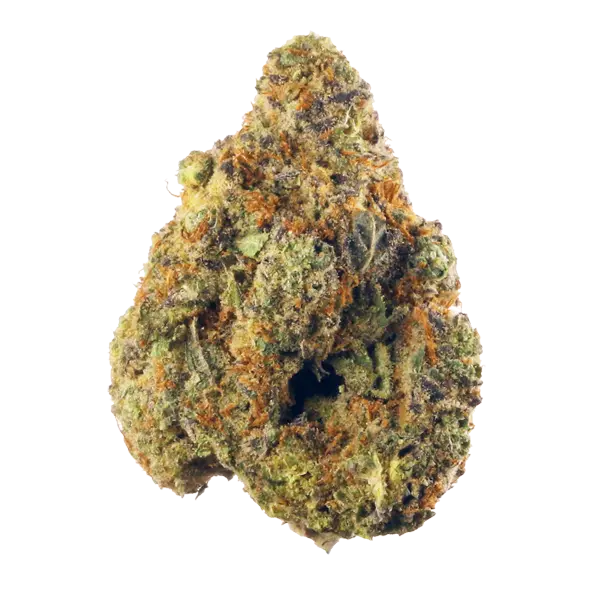
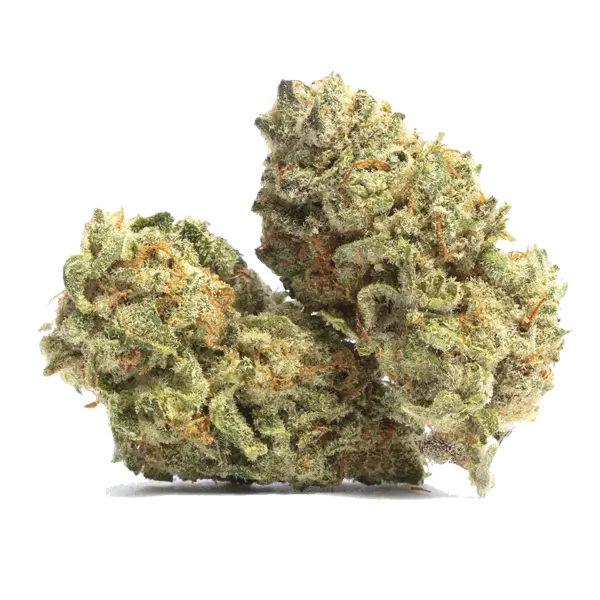
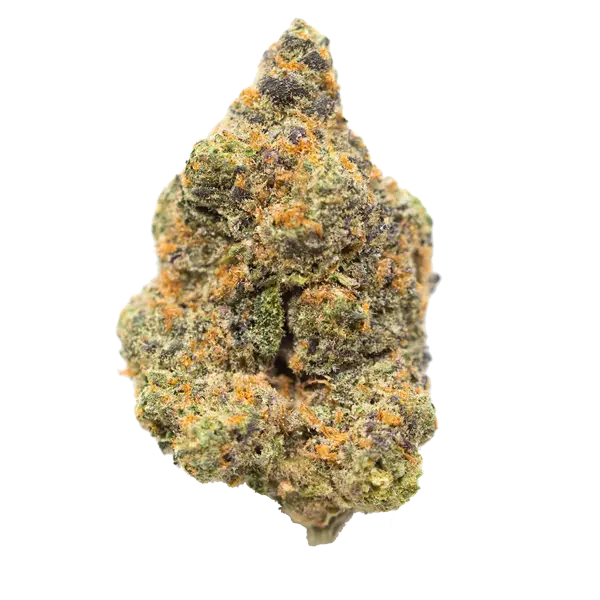
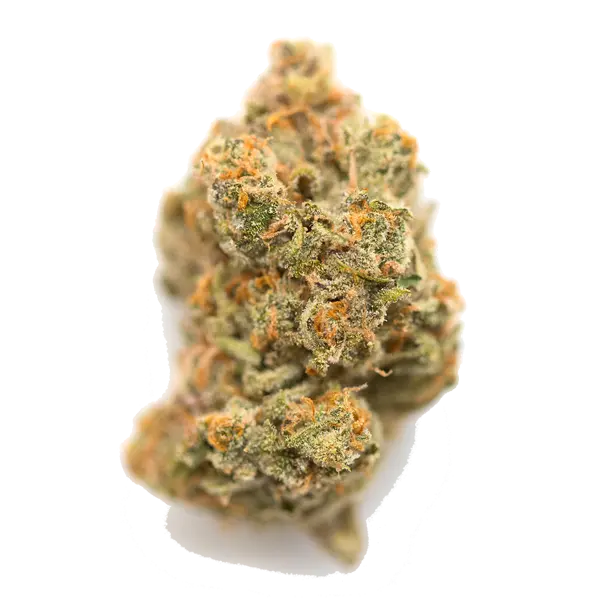
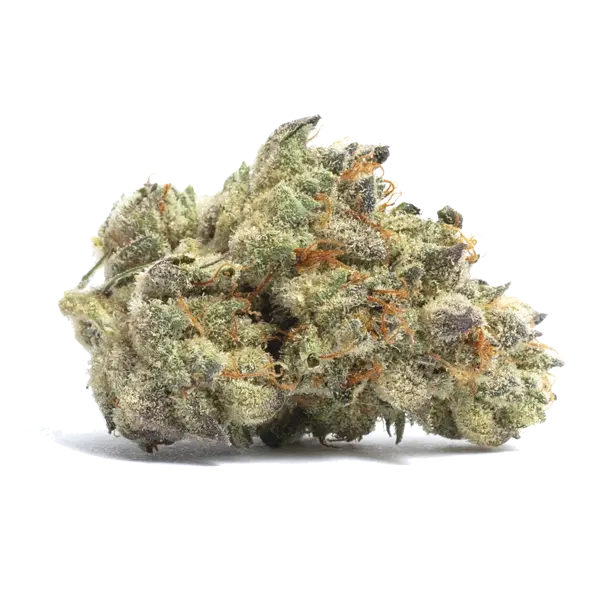
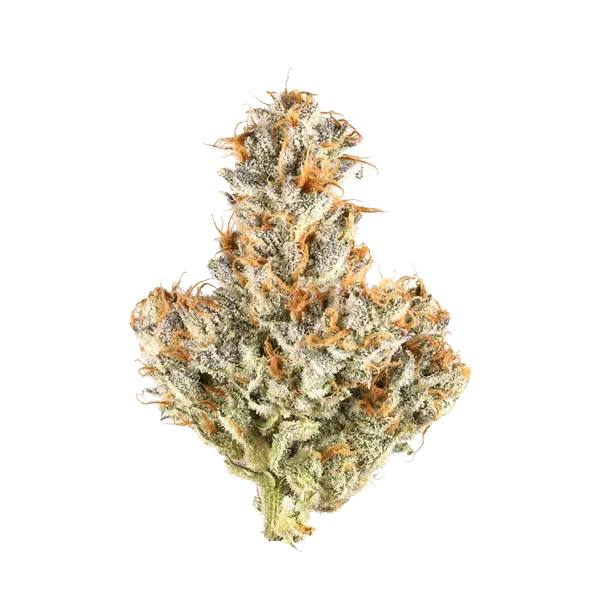
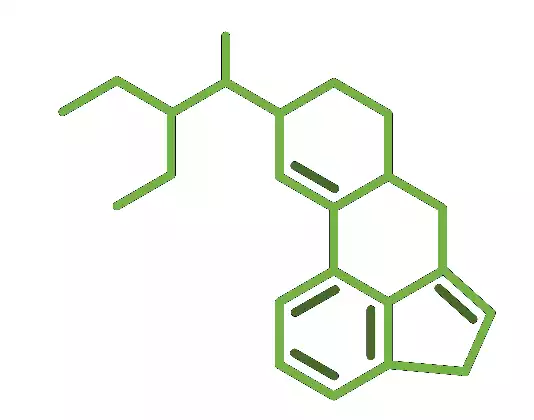


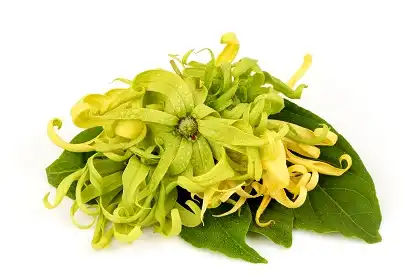
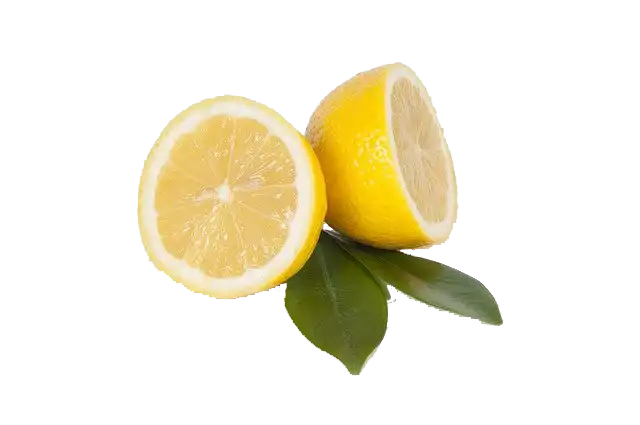







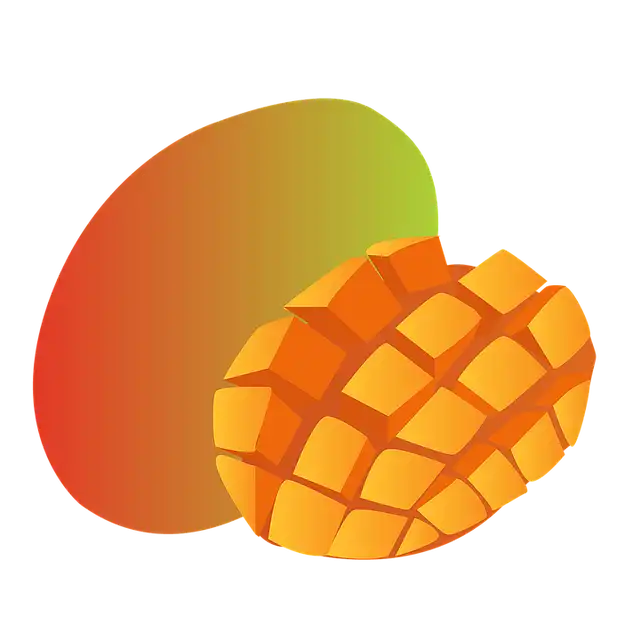
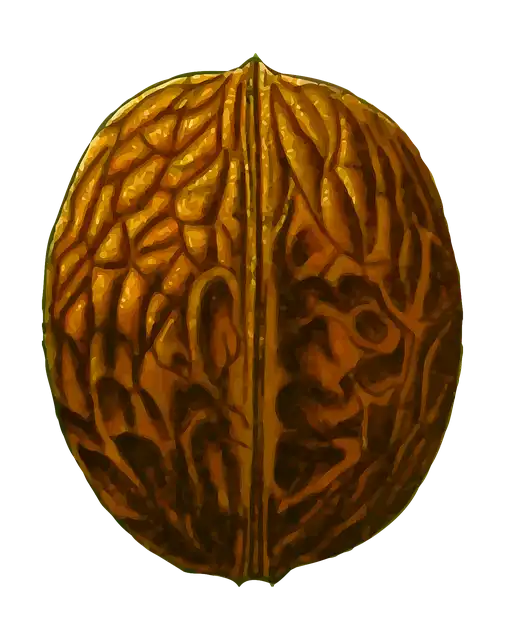




 Microdosing LSD
Microdosing LSD Microdosing Smart Psychedelics
Microdosing Smart Psychedelics








